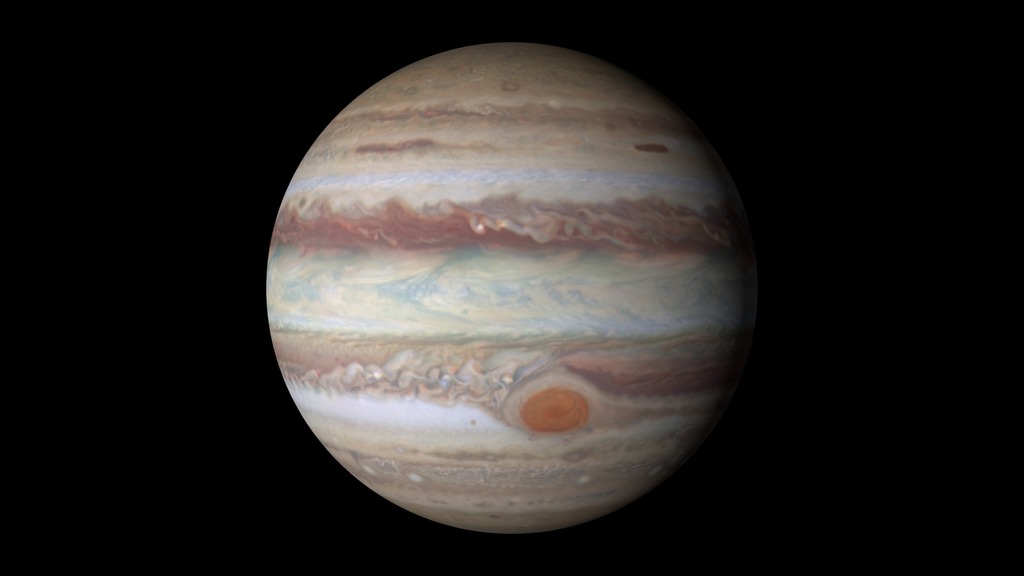Hubble’s Brand New Image of Jupiter
This new Hubble Space Telescope view of Jupiter, taken on June 27, 2019, reveals the giant planet's trademark Great Red Spot, and a more intense color palette in the clouds swirling in Jupiter's turbulent atmosphere than seen in previous years.
The colors, and their changes, provide important clues to ongoing processes in planetary atmospheres.
For more information, visit https://nasa.gov/hubble.
Credit: NASA's Goddard Space Flight Center/Paul Morris/Tracy Vogel
Music credits: "Solaris" by Axel Tenner [GEMA], Michael Schluecker [GEMA] and Raphael Schalz [GEMA]; Killer Tracks Production Music
Master Version
Horizontal version. This is for use on any YouTube or non-YouTube platform where you want to display the video horizontally.
Square Version
This is a square 1:1 version of the video designed for Facebook or any other platform where you want to display a full-length square version of the video.
Vertical Version
This vertical version of the episode is for IGTV or Snapchat. The IGTV episode can be pulled into Instagram Stories and the regular Instagram feed.
Credits
Please give credit for this item to:
NASA's Goddard Space Flight Center
-
Producer
- Paul R. Morris (USRA)
-
Technical support
- Aaron E. Lepsch (ADNET Systems, Inc.)
-
Writer
- Tracy Vogel (InuTeq)
Release date
This page was originally published on Thursday, August 8, 2019.
This page was last updated on Wednesday, May 3, 2023 at 1:45 PM EDT.
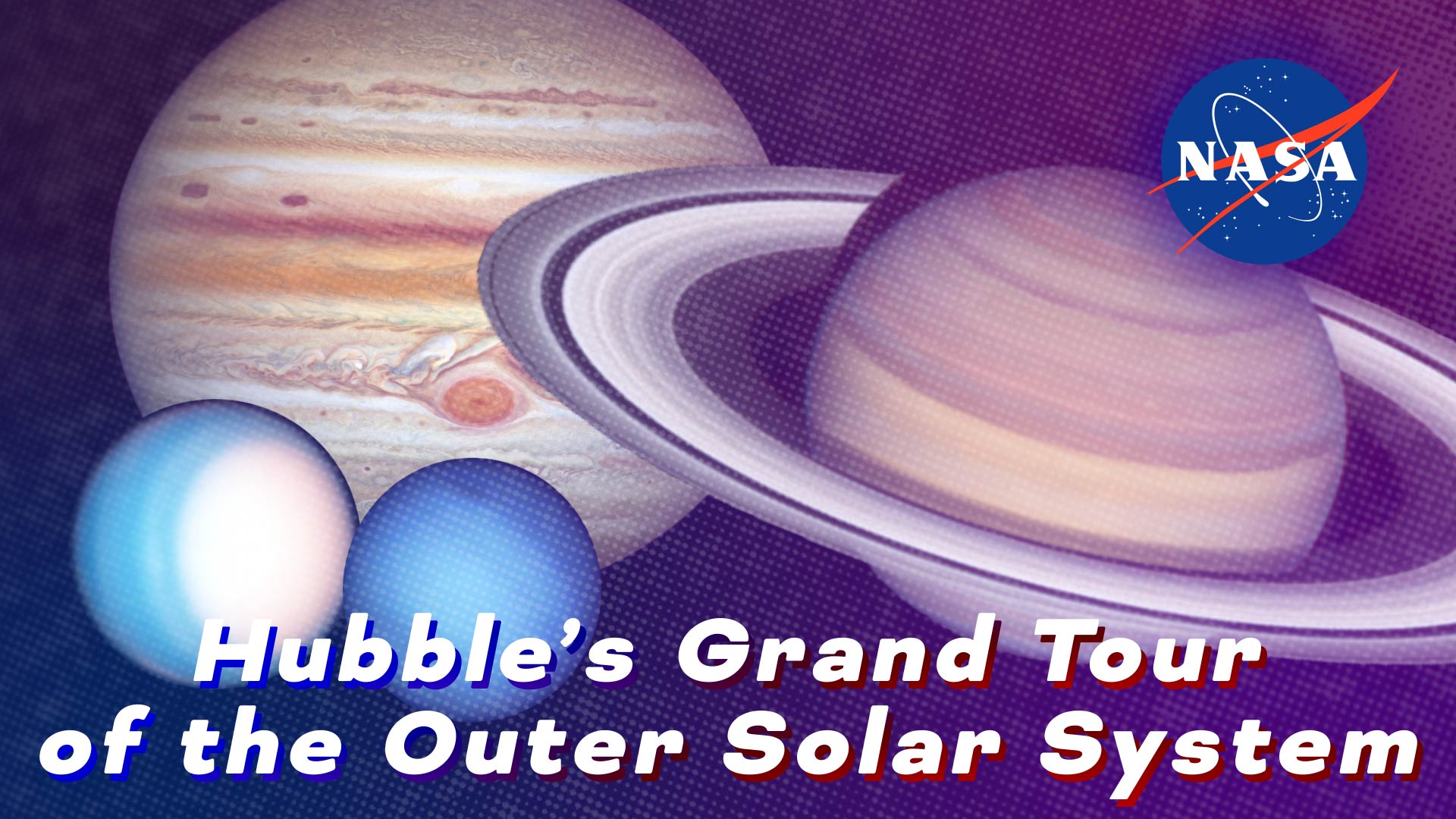
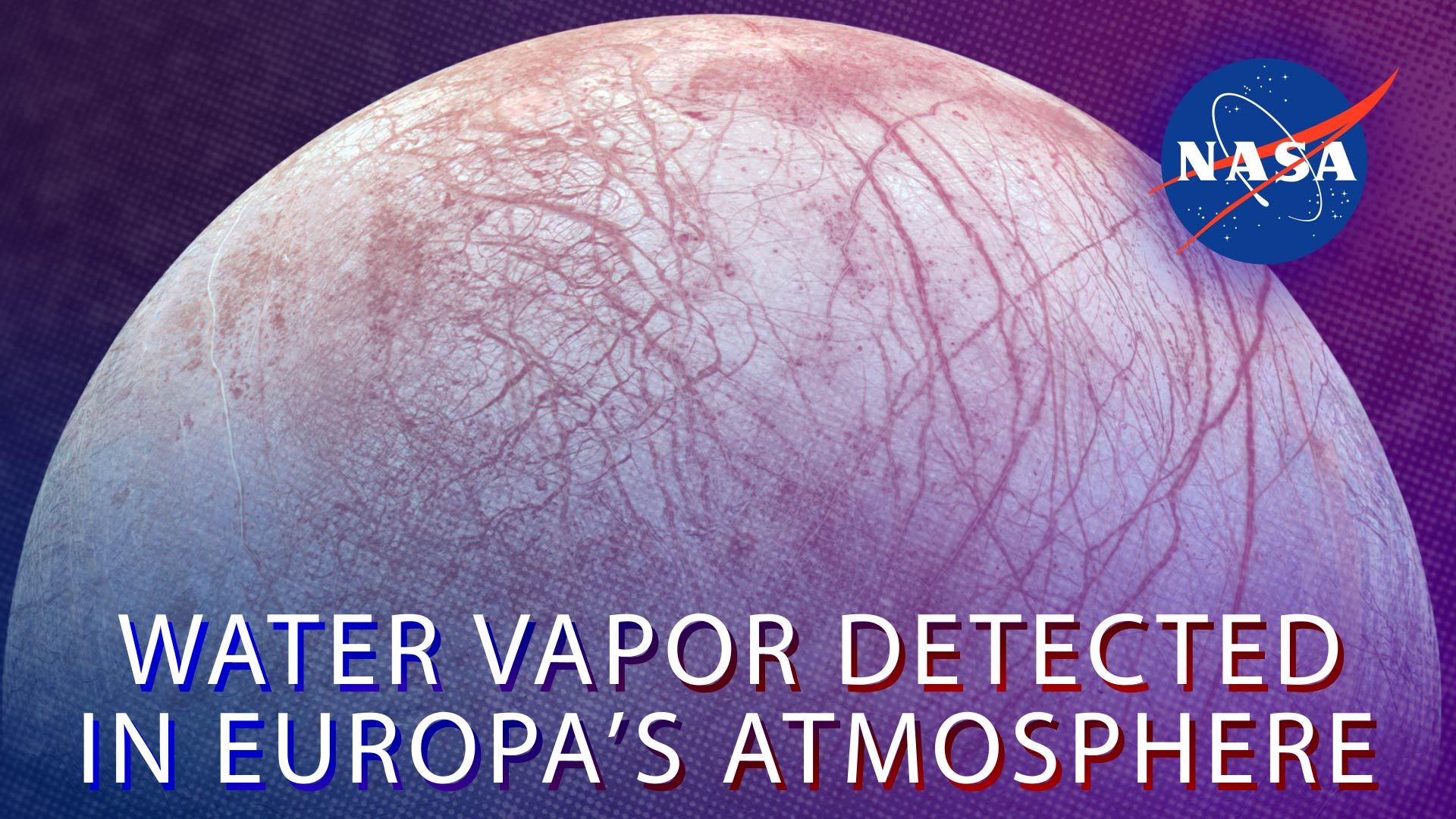

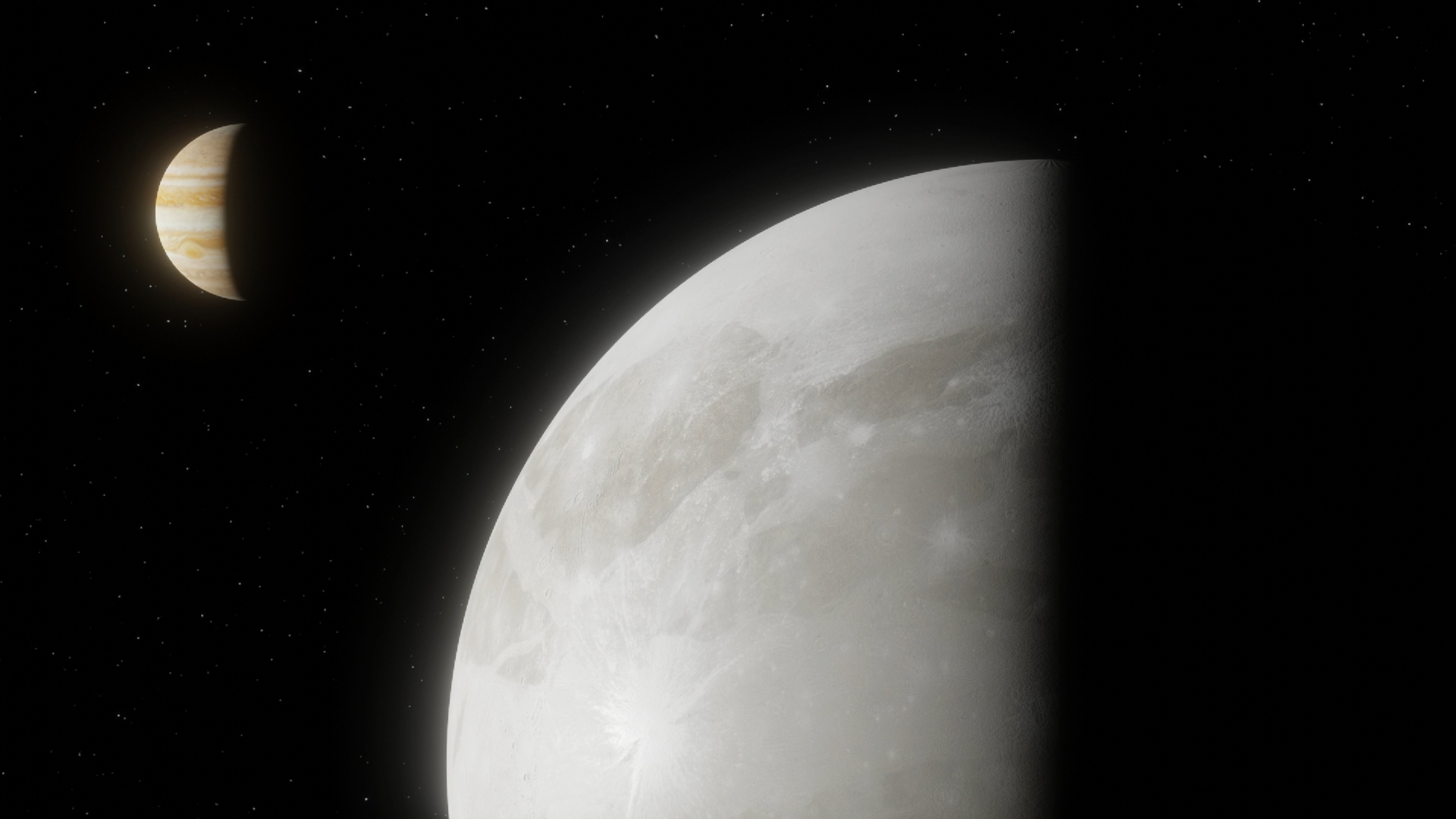
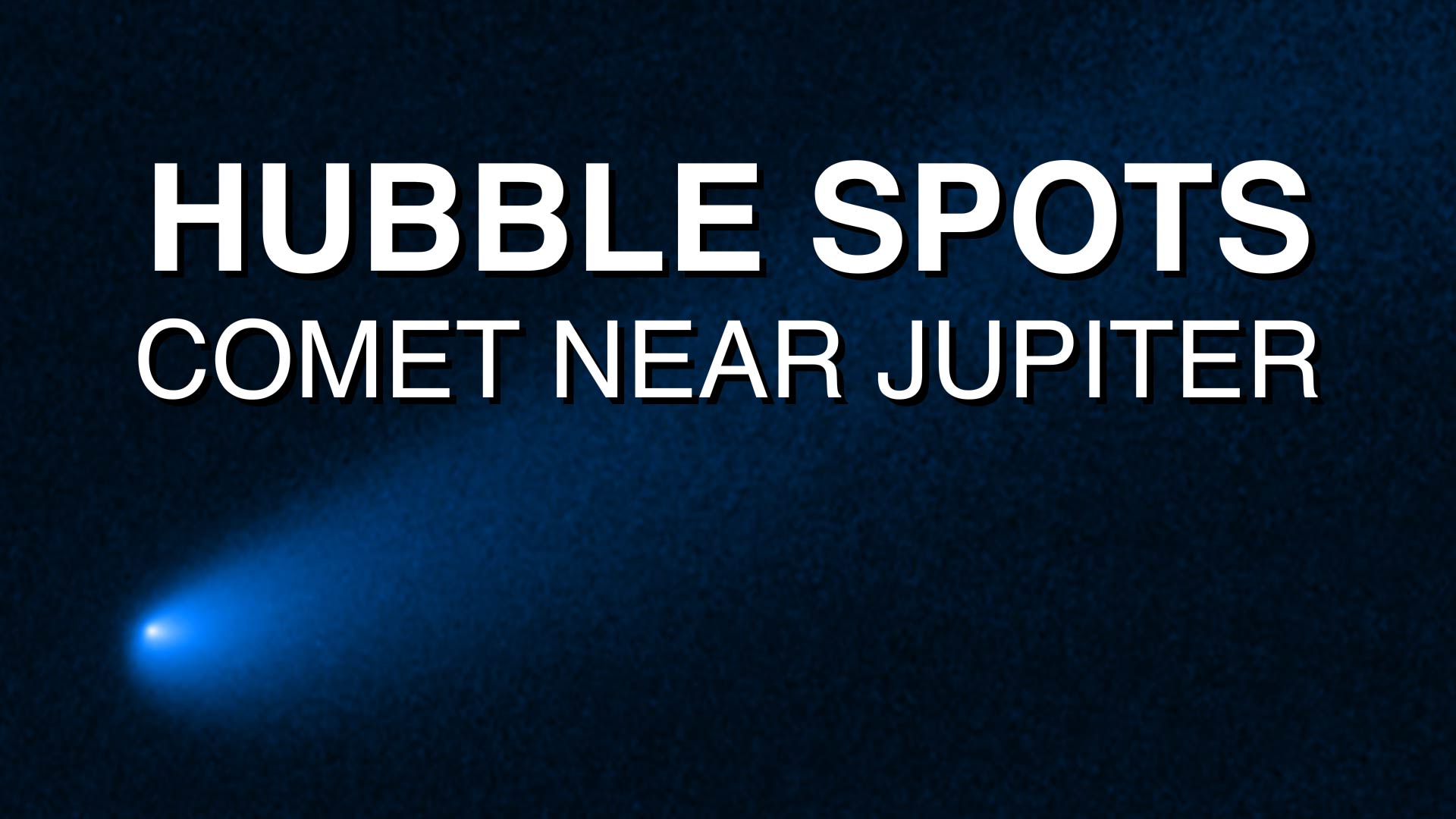
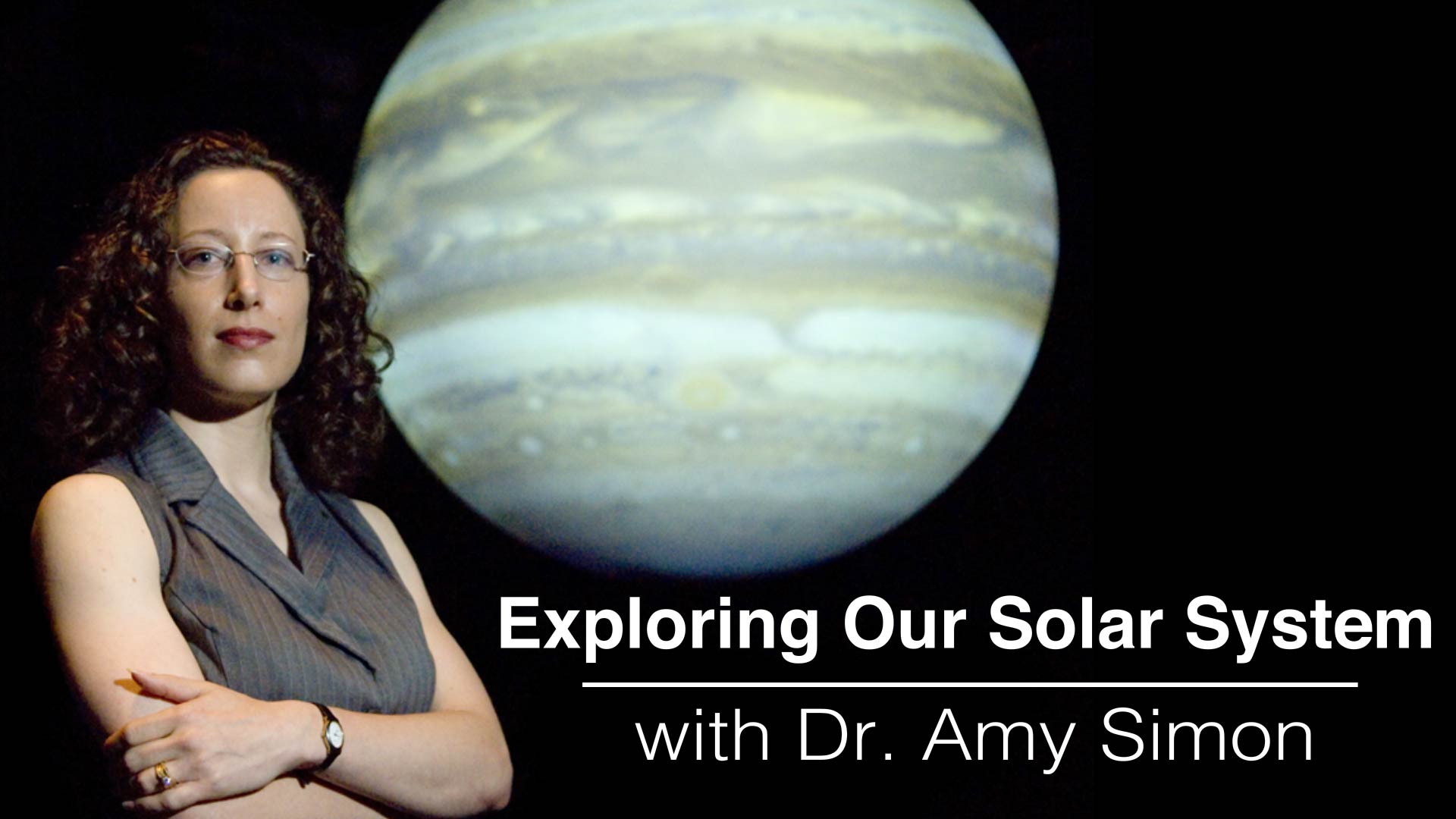
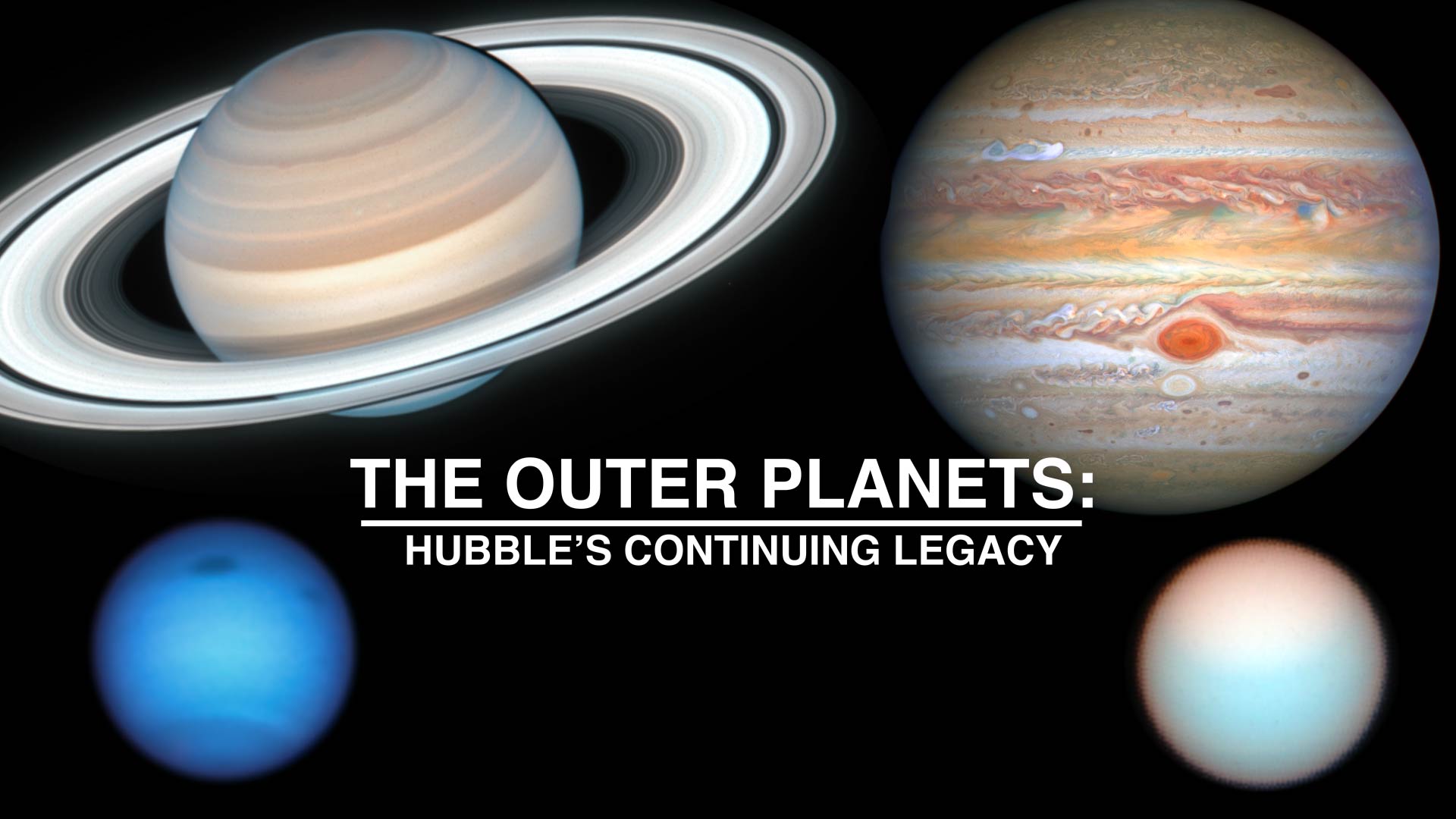
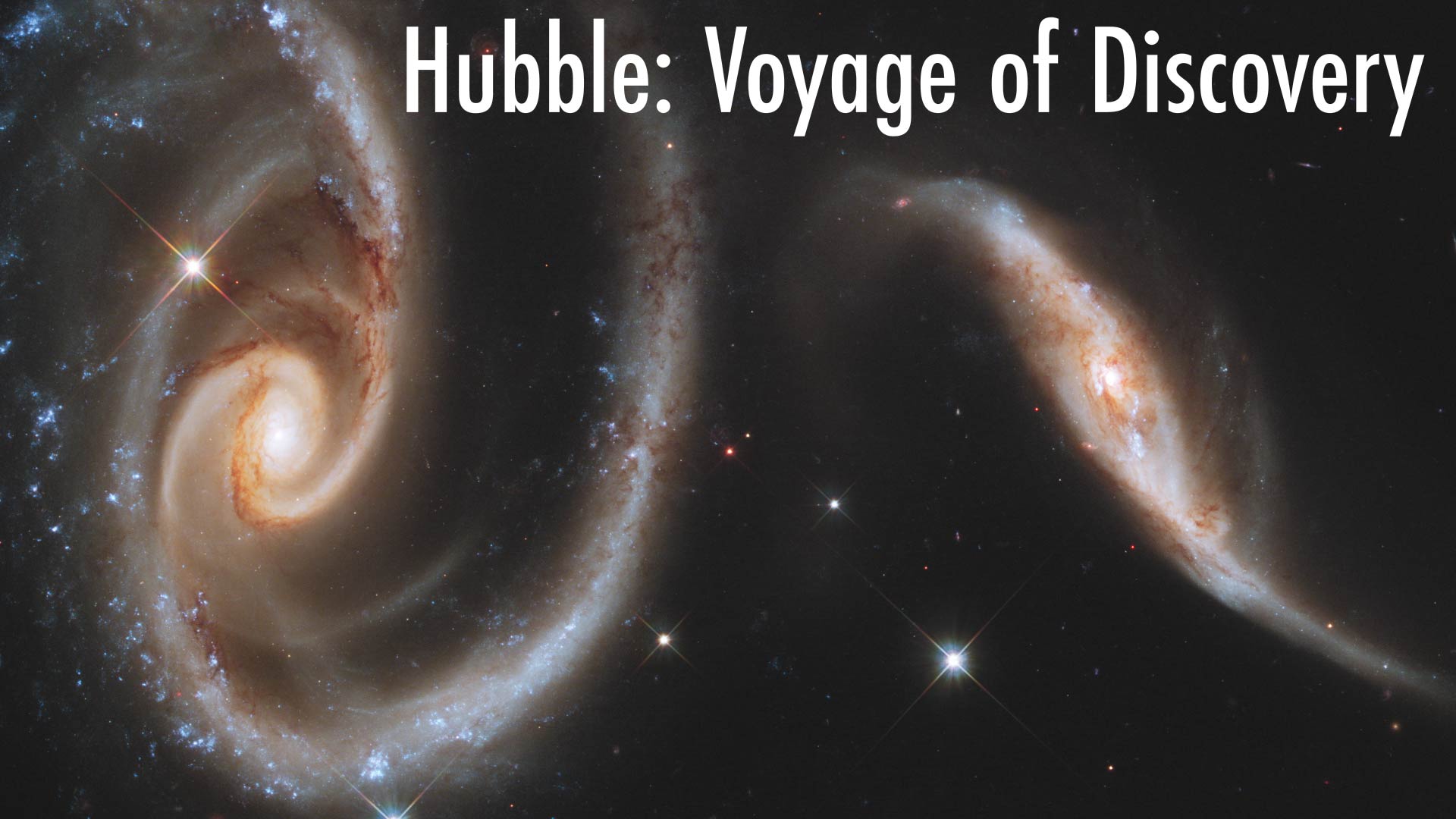
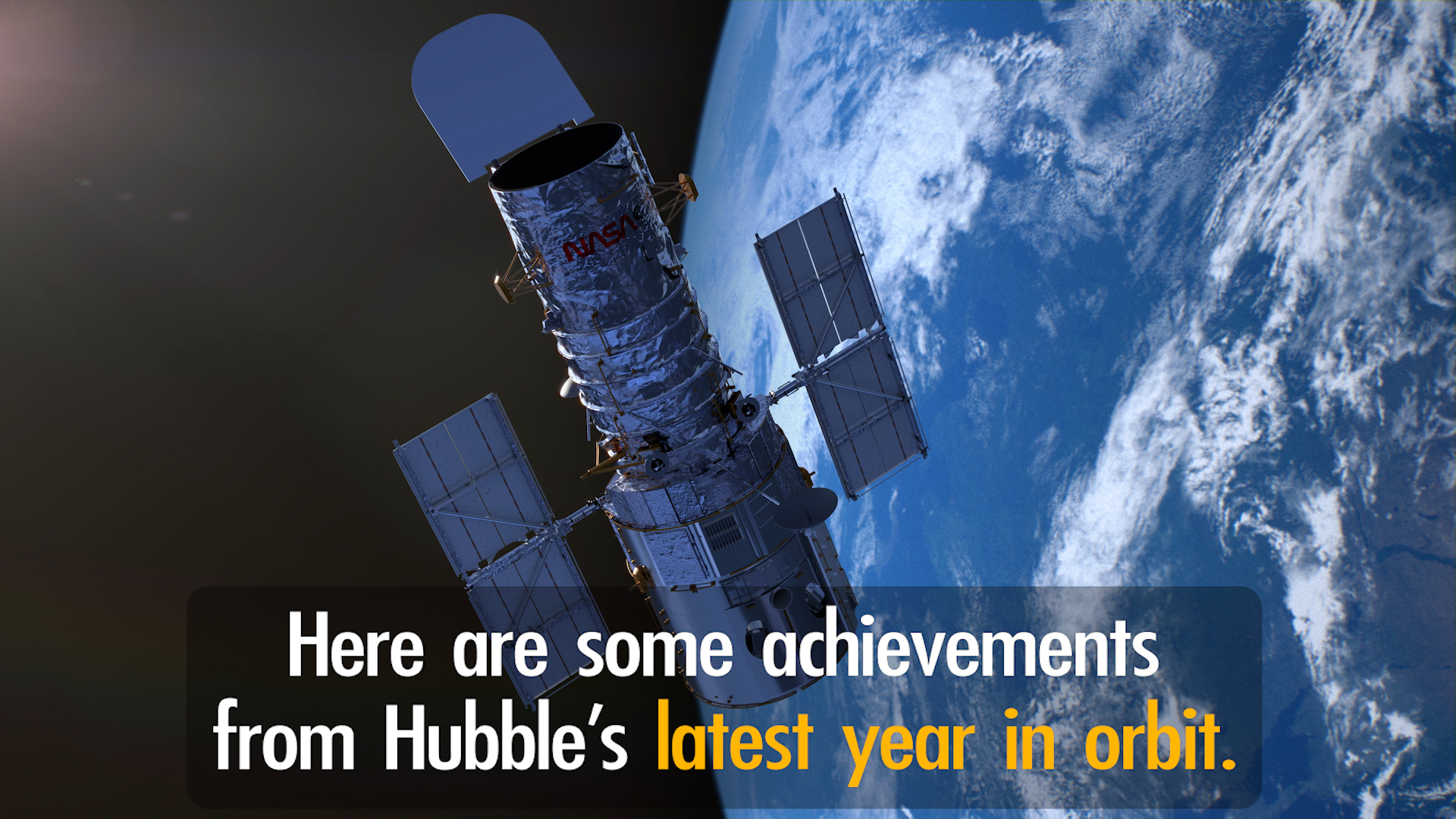
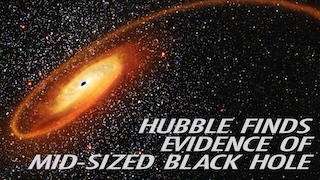
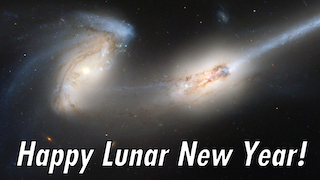
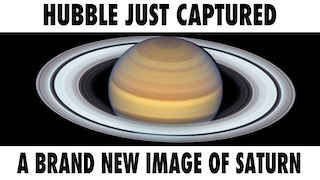

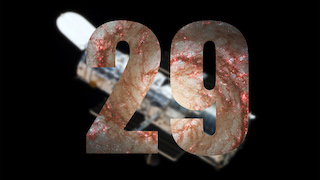
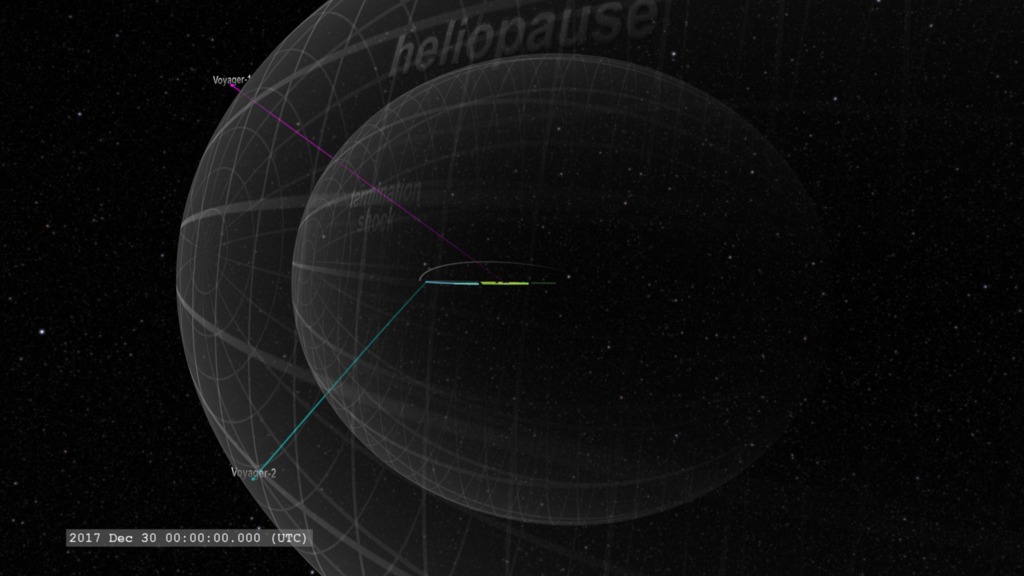
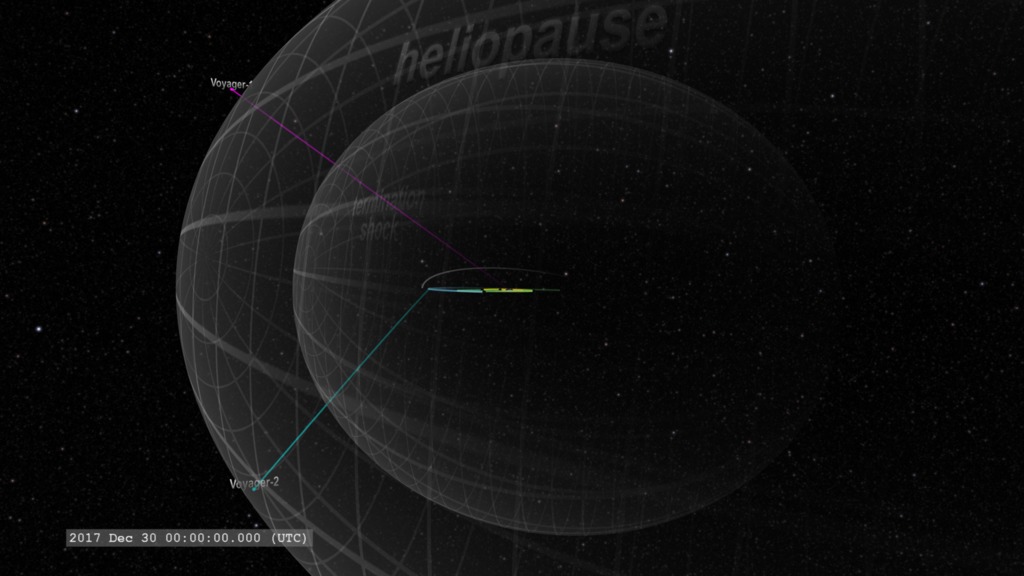
![Music credit: "Triangulate" by Gianluigi Gallo [PRS]; El Murmullo Sarao SGAE, Universal Sarao SGAE; SaraoMusic; Killer Tracks Production MusicWatch this video on the NASA Goddard YouTube channel.](/vis/a010000/a012500/a012570/Hubble_Jupiter_Opposition_thumbnail.png)
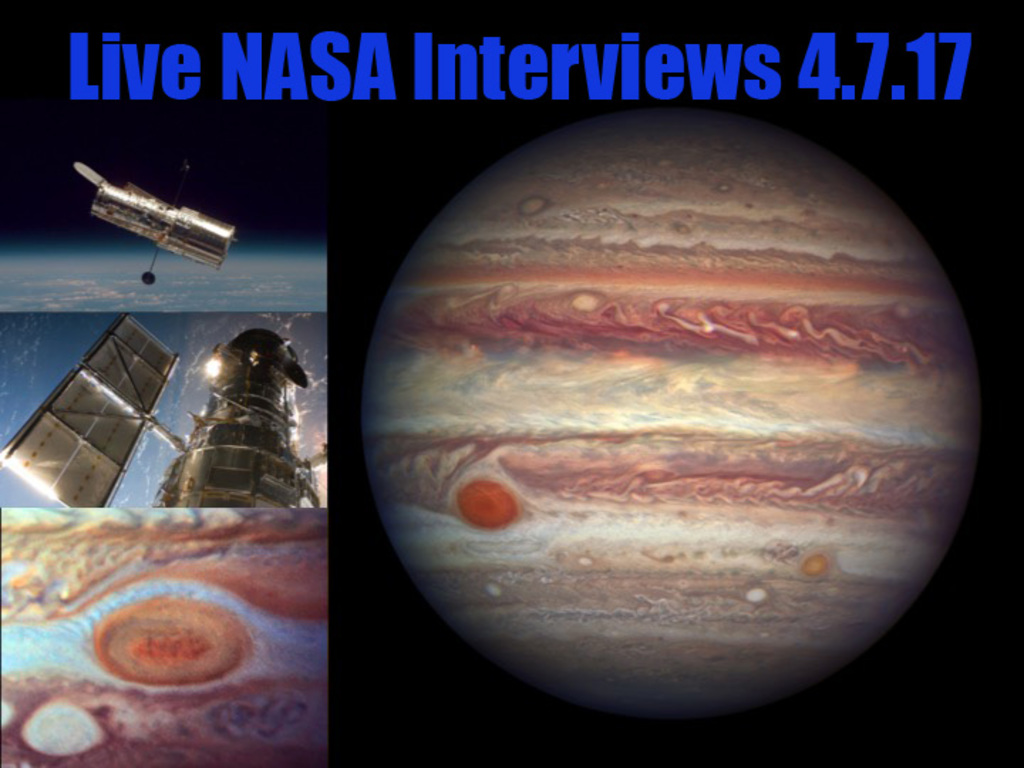
![Web VideoMusic credit: "Next Generation" by Enrico Cacace [BMI]; Atmosphere Music Ltd PRS; Volta Music; Killer Tracks Production MusicWatch this video on the NASA Goddard YouTube channel.](/vis/a010000/a012300/a012375/Hubble_Europa_thumbnail.png)
